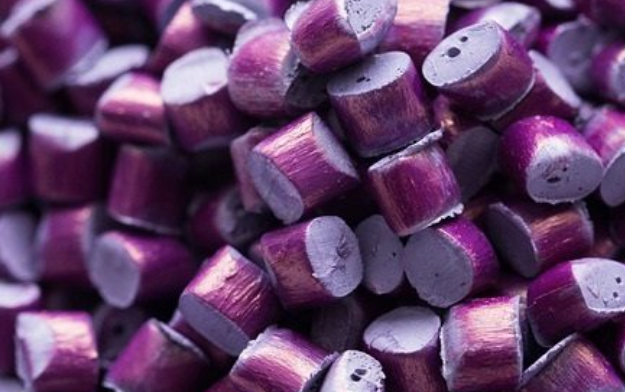When It Comes to Packaging, Plastic Is the Environmental Material of Choice
Why an Optimized Plastics Economy is sustainable

When It Comes to Packaging, Plastic Is the Environmental Material of Choice
Why an Optimized Plastics Economy is Sustainable
This title may scream fake news to many of you. Yet it is true, and particularly relevant given the latest efforts to ban the plastic straw. A 2016 study found that replacing plastics in packaging and consumer products could raise environmental costs nearly fourfold. This is because strong, lightweight plastics help us do more with less material, providing environmental benefits throughout the lifecycle of plastic products and packaging. The study also concludes that the environmental costs of alternative materials can be lower per ton of production but are greater in aggregate due to the much larger quantities of material needed to fulfill the same purposes as plastics.
Another study demonstrates that substituting plastic packaging with alternative materials would increase the amount of packaging generated in the United States by 55 million tons annually and increase energy use and carbon emissions by 82 percent and 130 percent, respectively. These conclusions do not even take into consideration the benefits derived from plastics well beyond the simple single-use straw.
Plastic is an important and ubiquitous material in our economy and daily lives. It has multiple functions that help tackle numerous social challenges. Light and innovative materials in cars or planes save fuel and cut CO2 emissions. High-performance insulation materials help us save on energy bills. In packaging, plastics help ensure food safety and reduce food waste. Combined with 3D printing, bio-compatible plastic materials can save human lives by enabling medical innovation.

